More from the South
tasmanii
12 years ago
Related Stories
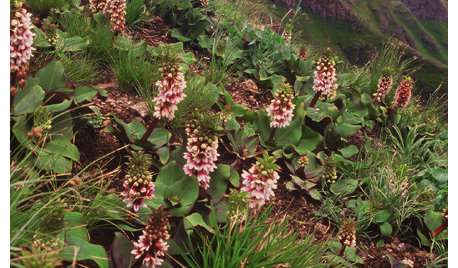
GARDENING GUIDES3 Exotic Flowers From the South African Wild
Add an enticing note to a garden border or patio container with these sophisticated and memorable African plants
Full Story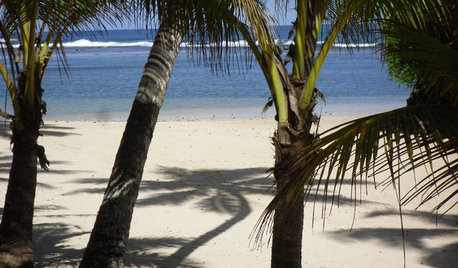
DECORATING GUIDESTravel Takeaways: Design Inspiration From the South Pacific
Samoa’s freely flowing tropical beauty offers decorating lessons on color, texture and being inspired by nature
Full Story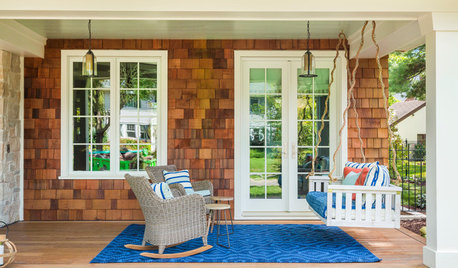
GARDENING AND LANDSCAPING10 Ideas for Decorating Your Summer Porch
Watch the world go by from a porch decked out with comfy furniture and inspiring accessories
Full Story
You Said It: ‘The More Dents, the Better’ and More Houzz Quotables
Design advice, inspiration and observations that struck a chord this week
Full Story
MORE ROOMS8 Colors for South-Facing Rooms
Choose one of these soft, cool colors to tone down the sun shining in
Full Story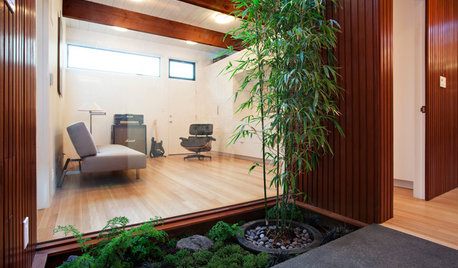
ADDITIONSMore Room Makes an Eichler Even More Livable
Adding a master suite gives a California family 450 square feet more for enjoying all the comforts of home
Full Story
COLORBedroom Color: The Secret to More Sex and More Sleep
Look to surprising revelations about bedroom wall colors to get more of what you want
Full Story
HOUZZ TOURSHouzz Tour: From Overgrown Weeds to Picturesque Farmhouse Expanse
This once-neglected 100-acre South Carolina site now features a lake, a wood-filled farmhouse and a far-reaching view
Full Story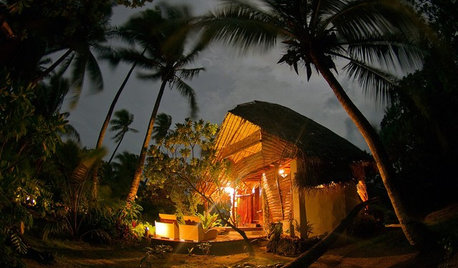
TROPICAL STYLECast Away for South Seas Style
Oh, to be in Tahiti right now. The next best thing: tips from South Seas resorts to create that lovely getaway feel at home
Full Story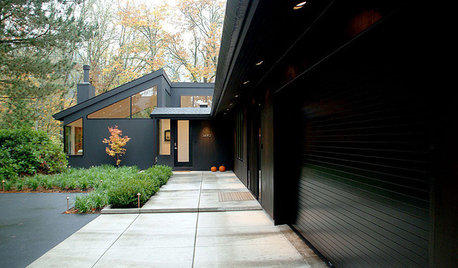
EXTERIORSHome Noir: Black Exteriors Emerge From the Shadows
People are darkening their doorsteps more and more around the U.S. — but is the trend a bright idea?
Full Story








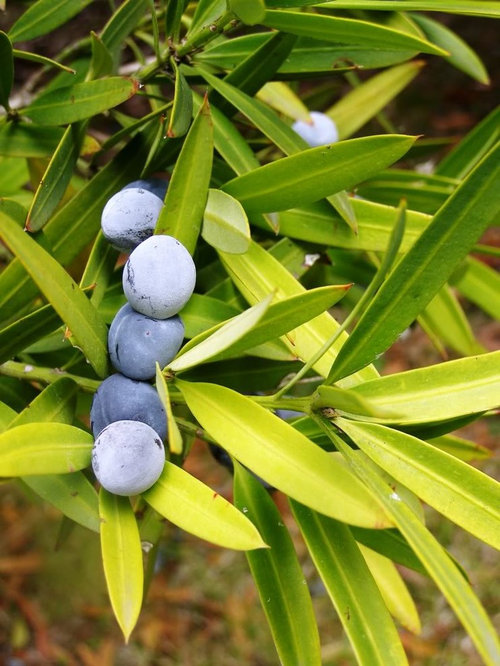
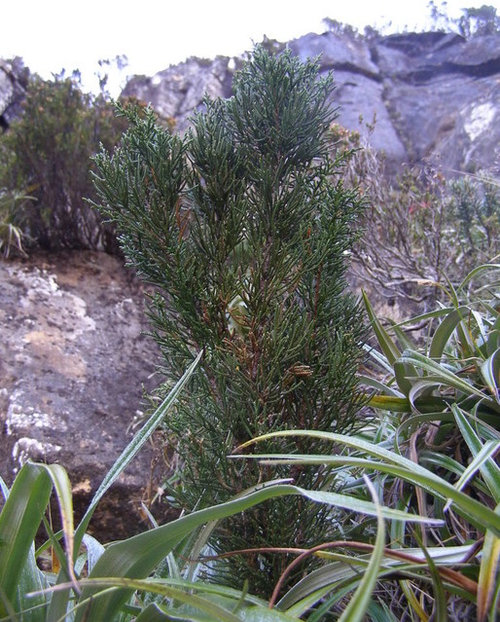
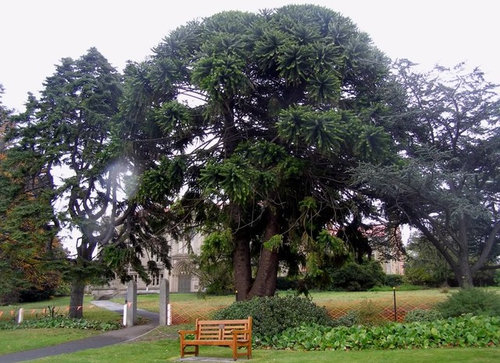
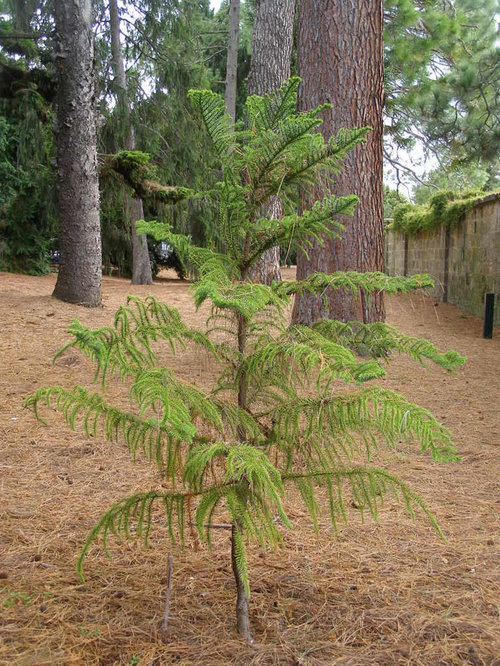


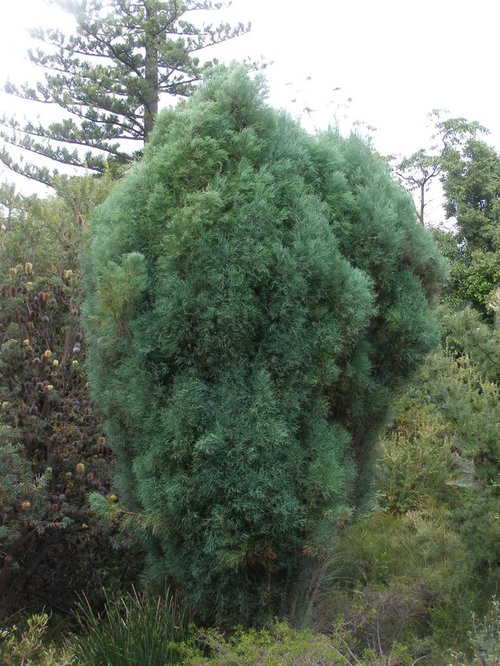

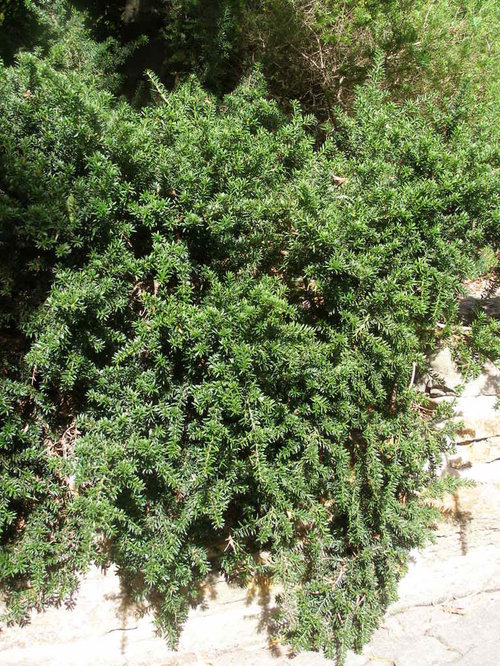

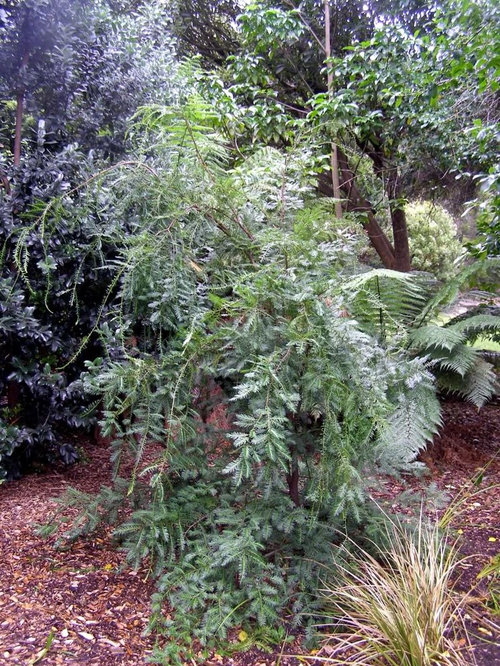





gardener365
johnplace
Related Professionals
Benbrook Landscape Architects & Landscape Designers · Piqua Landscape Architects & Landscape Designers · South Elgin Landscape Architects & Landscape Designers · South Orange Landscape Architects & Landscape Designers · Forest City Landscape Architects & Landscape Designers · Blue Springs Landscape Contractors · La Mirada Landscape Contractors · Lady Lake Landscape Contractors · Las Vegas Landscape Contractors · Louisville Landscape Contractors · Metairie Landscape Contractors · Mission Bend Landscape Contractors · Oakland Landscape Contractors · Wareham Landscape Contractors · San Pablo Landscape Contractorsfirefightergardener
tasmaniiOriginal Author
pineresin
jaro_in_montreal
noki
cryptomeria
tasmaniiOriginal Author
jaro_in_montreal
sluice